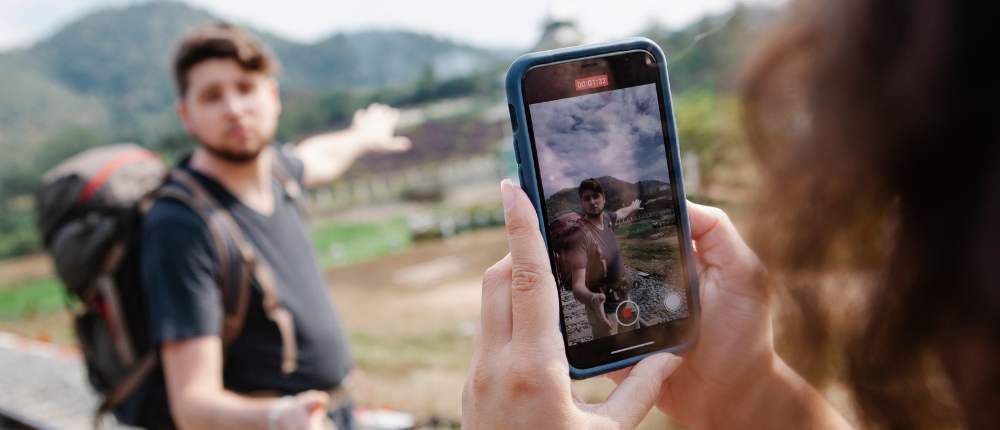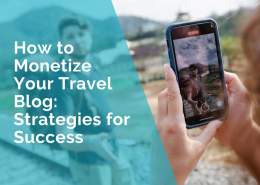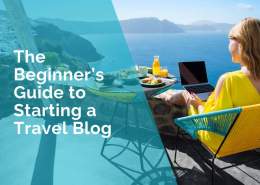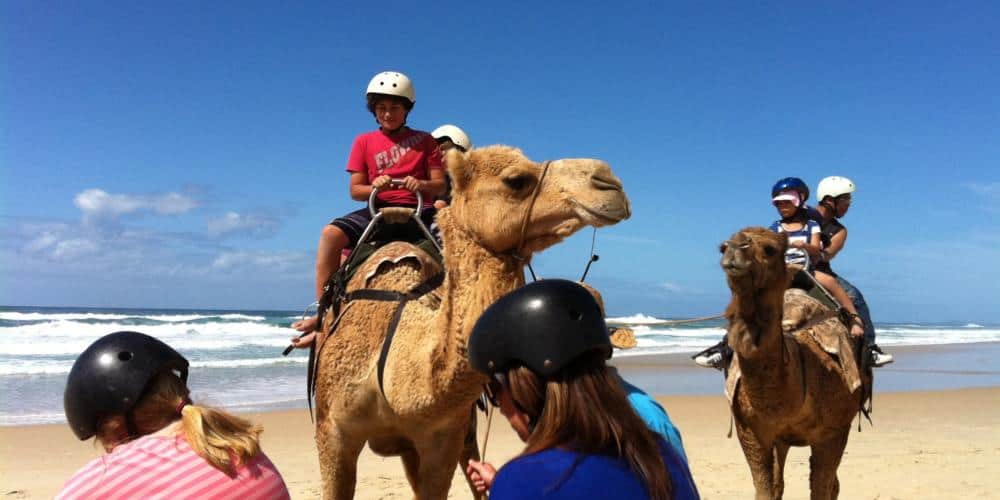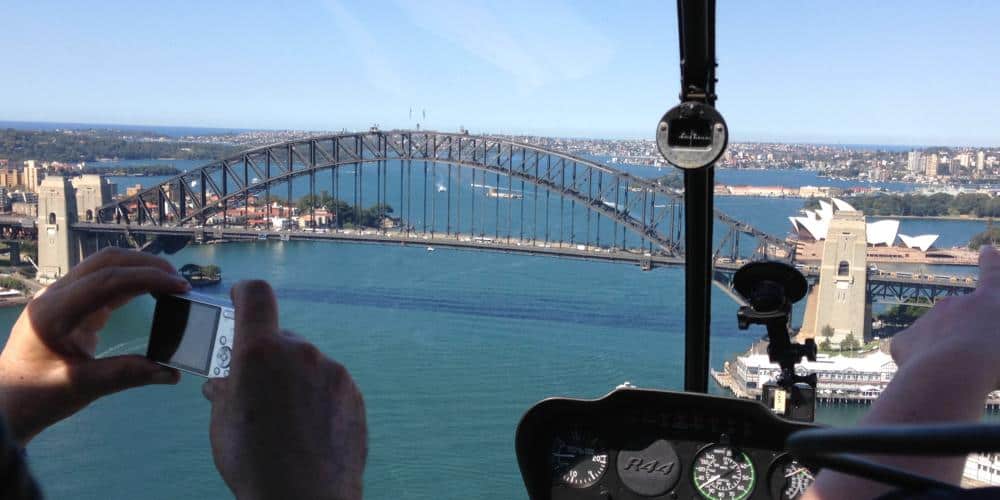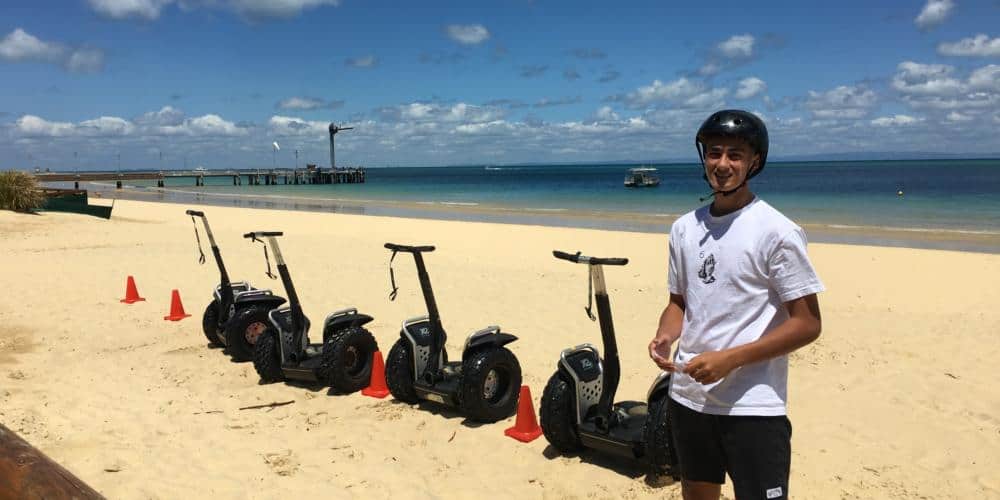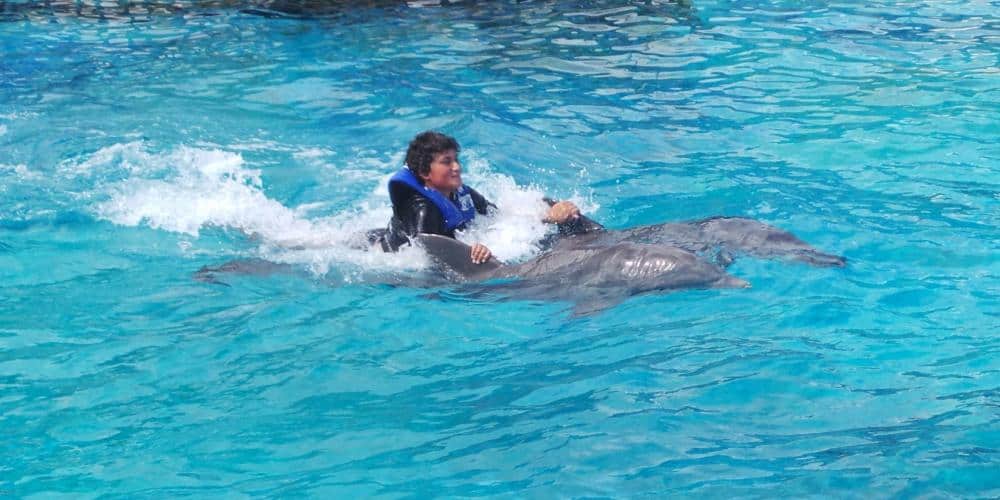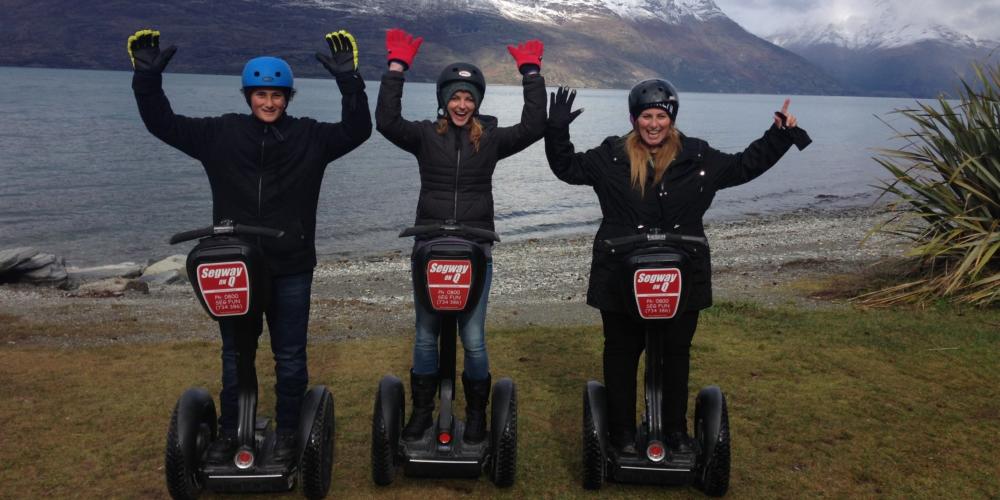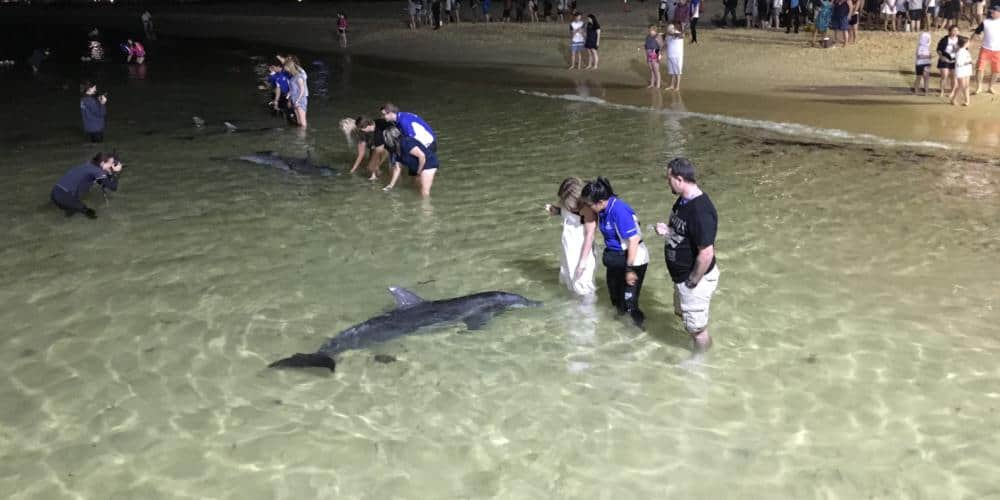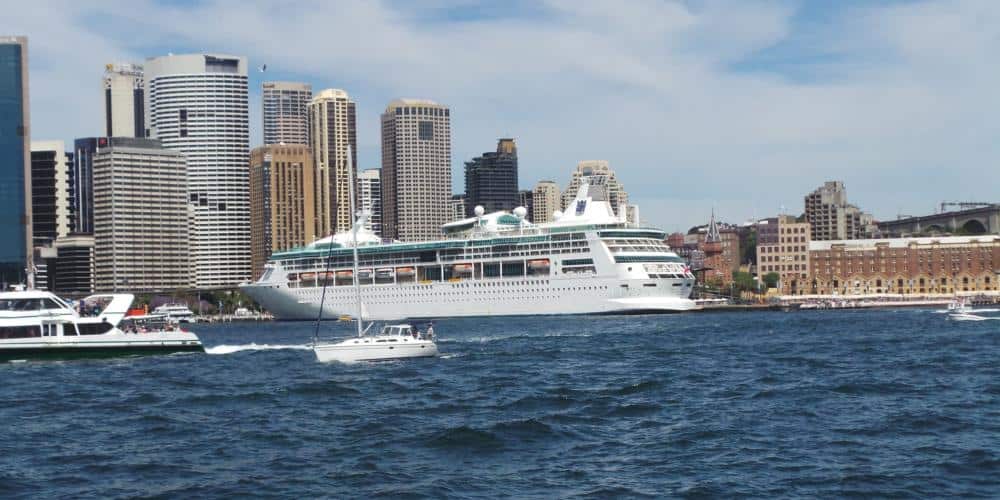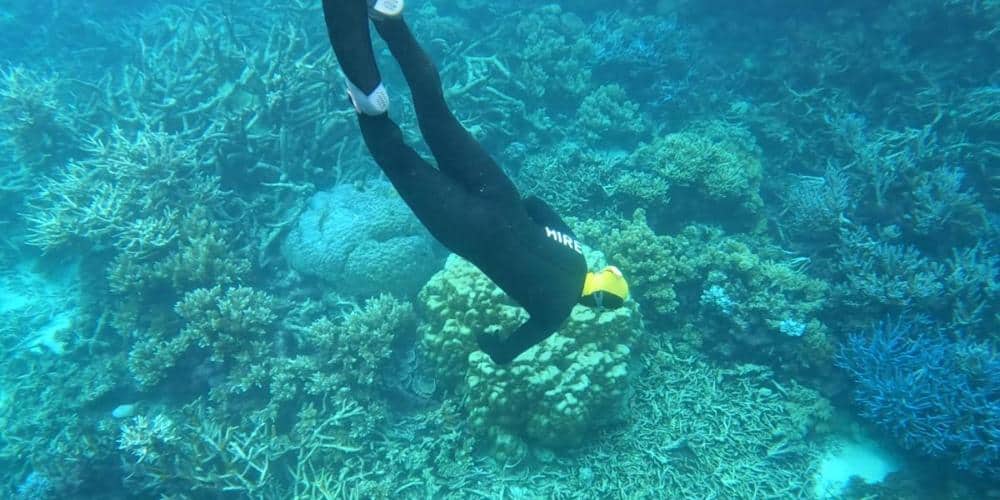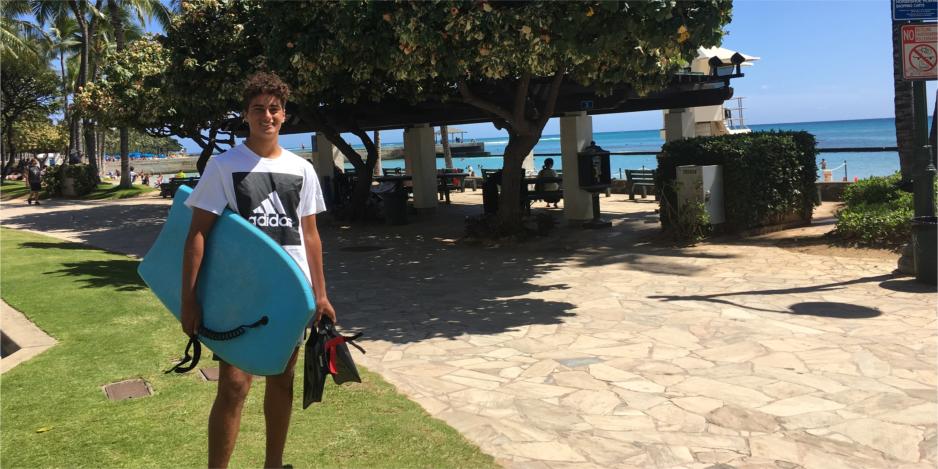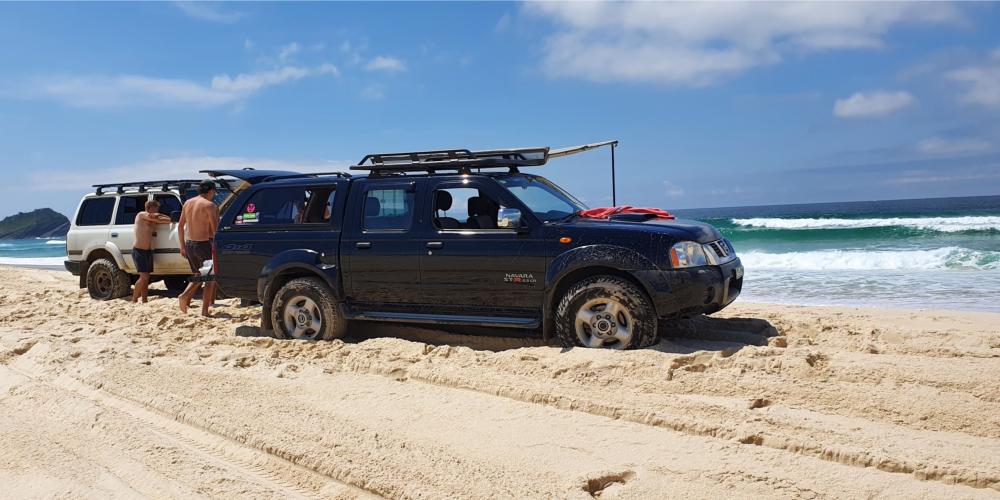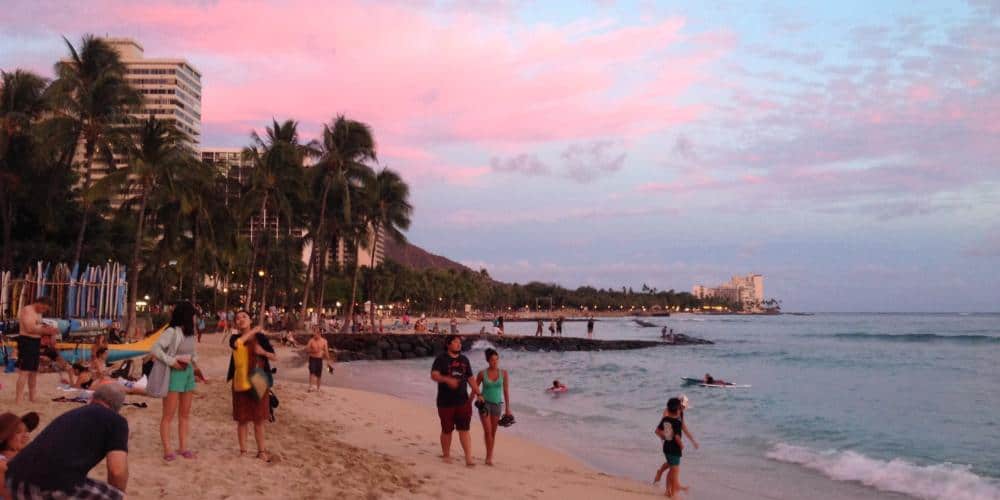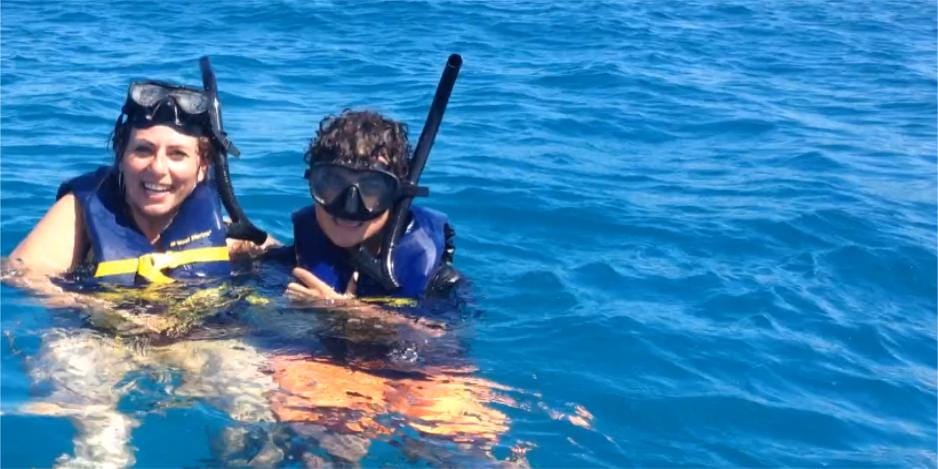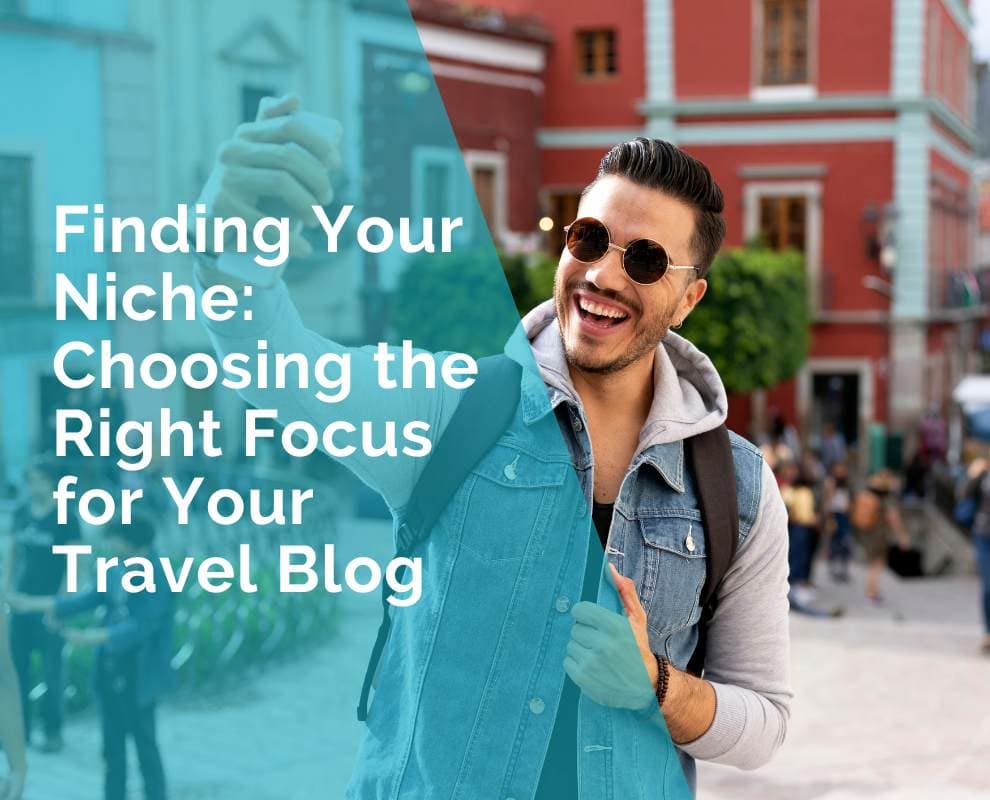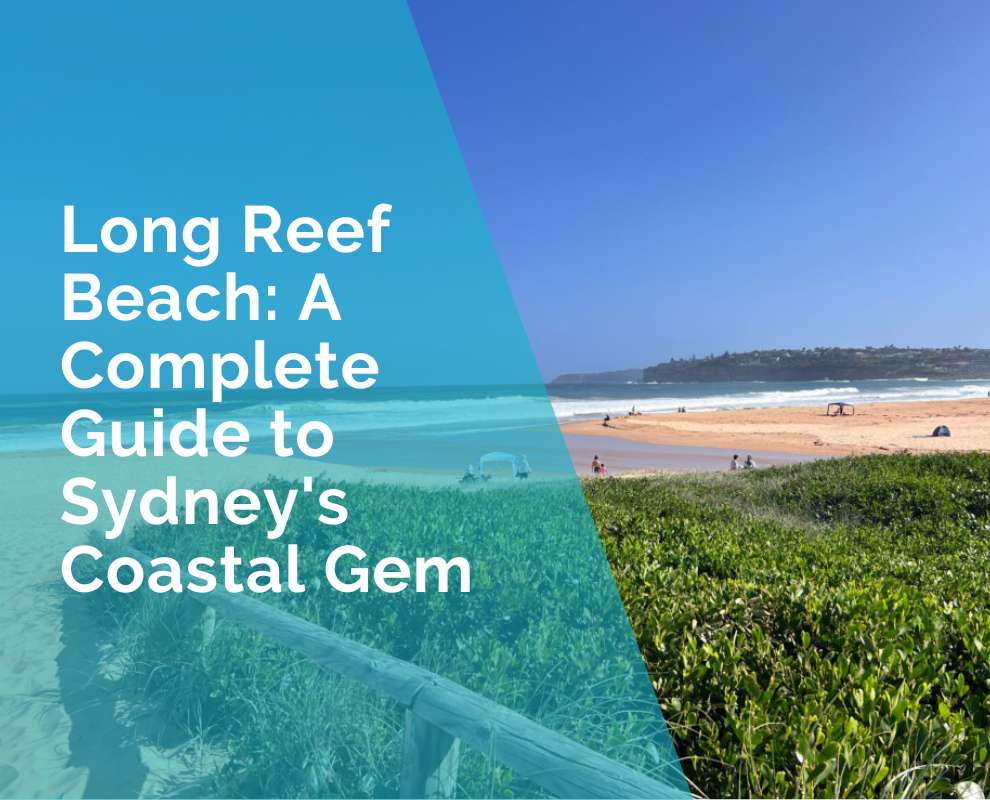Building a Strong Foundation
Identifying your niche and audience
To build a successful travel blog, the first step is to identify your niche and target audience. Your niche defines the specific focus or theme of your blog, while your audience comprises the individuals who will engage with your content.
Consider niches such as adventure travel, budget backpacking, luxury getaways, family vacations, or sustainable tourism. By selecting a niche that aligns with your interests, expertise, and unique perspective, you can differentiate yourself in the competitive landscape of travel blogging.
For example, Nomadic Matt has carved out a niche in budget travel, offering practical tips and advice for travelers seeking affordable adventures. By catering to this specific audience, he has built a dedicated following and positioned himself as a leading authority in the budget travel niche.
Once you’ve identified your niche, it’s crucial to understand your audience demographics, interests, and preferences. Conduct research through surveys, social media analytics, and keyword analysis to gain insights into what resonates with your target audience.
For instance, if your niche is solo female travel, your audience may consist of young women seeking safety tips, destination recommendations, and empowerment stories. By understanding their needs and desires, you can tailor your content to provide valuable and relevant information that resonates with them.
Creating high-quality content
High-quality content is the cornerstone of a successful travel blog. It’s what attracts and engages your audience, establishes your credibility, and sets you apart from competitors. Whether it’s captivating storytelling, stunning photography, or informative guides, your content should inspire, educate, and entertain your readers.
Focus on creating content that adds value and solves problems for your audience. Share your personal experiences, insights, and recommendations to provide authentic and relatable content that resonates with your readers.
For example, travel photographer and blogger, Expert Vagabond, consistently delivers visually stunning content that transports his audience to exotic destinations around the world. Through his captivating imagery and storytelling, he inspires wanderlust and encourages exploration among his followers.
Additionally, prioritize consistency and frequency in your content creation efforts. Whether you choose to publish blog posts, videos, podcasts, or social media updates, maintaining a regular posting schedule helps keep your audience engaged and eager for more.
Establishing your brand identity
Your brand identity is what sets you apart from other travel bloggers and creates a lasting impression on your audience. It encompasses your unique voice, visual aesthetics, values, and personality, shaping how your audience perceives and connects with your brand.
Start by defining your brand’s mission, values, and tone of voice. Are you an adventurous thrill-seeker, a cultural connoisseur, or a luxury travel aficionado? Determine what sets you apart and what you want your brand to represent.
For example, The Blonde Abroad has cultivated a brand identity centered around female empowerment, adventure, and style. Through her vibrant imagery, engaging storytelling, and emphasis on solo female travel, she has built a strong brand that resonates with her audience.
Next, focus on creating a cohesive visual identity through your logo, color palette, typography, and imagery. Consistent branding across your website, social media platforms, and marketing materials helps reinforce your brand identity and fosters brand recognition among your audience.
Finally, engage with your audience authentically and consistently to build trust and credibility. Respond to comments, messages, and inquiries promptly, and actively participate in conversations within your niche community. By establishing genuine connections with your audience, you can foster loyalty and advocacy for your brand.
Diversifying Revenue Streams
Affiliate marketing
Affiliate marketing is a powerful way to monetize your travel blog by earning commissions for promoting products or services. It works by partnering with companies and earning a commission for each sale or referral made through your unique affiliate links.
Selecting relevant affiliate programs
Choose affiliate programs that align with your niche, audience interests, and travel-related content. Look for reputable companies and products that you genuinely believe in and would recommend to your audience.
For example, if your travel blog focuses on adventure travel, you might partner with outdoor gear brands like REI or Patagonia. If you specialize in luxury travel, you could promote high-end hotels and resorts through affiliate programs like Booking.com or Expedia’s affiliate network.
Research various affiliate programs within your niche and consider factors such as commission rates, cookie duration, and promotional materials provided by the merchant. Select programs that offer competitive commissions and provide valuable resources to support your promotional efforts.
Incorporating affiliate links into content
Integrate affiliate links naturally into your content to provide value to your audience while earning commissions. Write authentic product reviews, travel gear recommendations, or destination guides that include relevant affiliate links.
For instance, if you’re writing a blog post about the best hiking boots for trekking in the mountains, include affiliate links to the boots you recommend, along with insightful tips and personal experiences. Be transparent with your audience about your affiliate partnerships and disclose any affiliate links in accordance with disclosure guidelines.
Sponsored content and brand partnerships
Sponsored content and brand partnerships offer opportunities to collaborate with brands and monetize your travel blog through sponsored posts, reviews, or partnerships.
Building relationships with brands
Identify brands that align with your audience and brand values, and reach out to them with personalized pitches highlighting the value you can offer. Build relationships with brands through networking events, social media engagement, and email outreach.
For example, if you’re passionate about sustainable travel, you might approach eco-friendly travel companies or sustainable fashion brands for potential partnerships. Share your vision and audience demographics to demonstrate the value of collaborating with your blog.
Negotiating sponsored opportunities
Negotiate sponsorship terms that align with your brand and audience interests, including compensation, content requirements, and promotional channels. Ensure that sponsored content maintains your authenticity and adds value to your audience.
For instance, negotiate compensation based on factors such as audience reach, engagement metrics, and the scope of work involved. Be clear about your expectations and deliverables to avoid misunderstandings and ensure a mutually beneficial partnership.
Selling digital products
Selling digital products is another lucrative revenue stream for travel bloggers, offering opportunities to monetize your expertise and provide valuable resources to your audience.
Creating ebooks, guides, or courses
Develop digital products such as ebooks, travel guides, or online courses that cater to your audience’s interests and pain points. Leverage your expertise and experiences to create valuable resources that offer solutions and inspiration to your audience.
For example, if you’re a seasoned solo traveler, you could create an ebook sharing tips and strategies for solo female travelers, complete with destination recommendations, safety tips, and packing lists. Alternatively, you could develop an online course teaching aspiring travel photographers the fundamentals of capturing stunning travel photos.
Utilizing platforms for product sales
Utilize platforms such as Gumroad, Teachable, or Shopify to host and sell your digital products directly to your audience. Optimize your sales pages with compelling copy, persuasive testimonials, and eye-catching visuals to drive conversions.
Promote your digital products through your blog, social media channels, email newsletters, and strategic partnerships to maximize exposure and sales. Offer special promotions, discounts, or bonuses to incentivize purchases and encourage engagement with your digital products.
Offering services
Offering services is another avenue for monetizing your travel blog by leveraging your skills, expertise, and passion for travel to provide value-added services to your audience.
Consulting or coaching
Offer consulting or coaching services to help aspiring travelers plan their trips, overcome challenges, and achieve their travel goals. Share personalized advice, recommendations, and insider tips based on your experiences and expertise.
For example, you could offer one-on-one coaching sessions to help novice travelers navigate the complexities of trip planning, budgeting, and itinerary optimization. Alternatively, you could provide consulting services to businesses in the travel industry, offering strategic insights and recommendations to enhance their marketing efforts or customer experience.
Freelance writing or photography
Monetize your writing or photography skills by offering freelance services to travel brands, publications, or tourism boards. Pitch article ideas, photo essays, or destination guides to relevant publications and negotiate compensation for your contributions.
For instance, you could freelance for travel magazines, blogs, or websites, writing articles or creating visual content that resonates with their audience. Alternatively, you could collaborate with tourism boards or hospitality brands to create promotional content, such as destination guides, travel itineraries, or social media campaigns.
Position yourself as an expert in your niche and showcase your portfolio, testimonials, and expertise to attract clients and secure freelance opportunities. Network with industry professionals, attend conferences, and leverage online platforms such as LinkedIn or Upwork to connect with potential clients and expand your freelance business.
Leveraging Social Media and SEO
Utilizing social media platforms
Social media platforms are powerful tools for travel bloggers to connect with their audience, increase visibility, and drive traffic to their blog. By strategically leveraging social media, you can grow your following, engage with your audience, and amplify the reach of your content.
Growing your following
To grow your social media following, focus on creating compelling content that resonates with your target audience. Share captivating photos, engaging videos, and informative posts that showcase your travel experiences and expertise.
For example, Instagram is a popular platform for visual storytelling in the travel industry. Utilize high-quality imagery, storytelling captions, and relevant hashtags to attract followers and expand your reach. Engage with other users by liking, commenting, and following accounts within your niche community to increase visibility and attract new followers.
Additionally, cross-promote your social media profiles on your blog, email newsletters, and other marketing channels to encourage your audience to connect with you across multiple platforms. Host giveaways, contests, or challenges to incentivize engagement and attract new followers.
Engaging with your audience
Engagement is key to building a loyal and active community on social media. Respond promptly to comments, messages, and inquiries from your audience to foster meaningful connections and dialogue.
For instance, ask questions, solicit feedback, and encourage user-generated content to spark conversation and engagement. Share behind-the-scenes glimpses, personal anecdotes, and interactive polls to humanize your brand and build rapport with your audience.
Utilize features such as Instagram Stories, Facebook Live, or Twitter polls to provide real-time updates, share exclusive content, and host interactive Q&A sessions with your audience. By actively engaging with your audience, you can cultivate a sense of community and loyalty that extends beyond your blog.
Implementing SEO strategies
Implementing search engine optimization (SEO) strategies is essential for improving your blog’s visibility, ranking higher in search engine results, and driving organic traffic to your website. By optimizing your content for relevant keywords and improving your website’s authority, you can attract more visitors and increase your blog’s reach.
Keyword research and optimization
Start by conducting keyword research to identify relevant keywords and phrases that your target audience is searching for. Use tools like Google Keyword Planner, SEMrush, or Ahrefs to discover high-volume keywords with low competition.
For example, if you’re writing a blog post about “best hiking trails in California,” research related keywords such as “California hiking trails,” “hiking in California,” or “top hiking spots in California.” Incorporate these keywords naturally into your blog post titles, headings, meta descriptions, and body content to optimize your content for search engines.
Additionally, consider long-tail keywords and specific phrases that address your audience’s intent and search queries. For instance, “family-friendly hiking trails near Los Angeles” or “dog-friendly hikes in Northern California” may attract more targeted traffic and higher conversion rates.
Improving website authority
Building website authority is crucial for enhancing your blog’s credibility and ranking higher in search engine results. Focus on creating high-quality, authoritative content that attracts backlinks, social shares, and referral traffic from reputable sources.
For instance, publish comprehensive guides, in-depth tutorials, or original research that provides valuable insights and information to your audience. Collaborate with industry influencers, guest bloggers, or experts in your niche to contribute guest posts, interviews, or collaborative content that enhances your website’s authority.
Additionally, optimize your website’s technical aspects, such as site speed, mobile responsiveness, and user experience, to improve usability and accessibility for both visitors and search engines. Monitor your website’s performance using tools like Google Search Console, Google Analytics, or Moz to track rankings, traffic, and engagement metrics over time.
By implementing effective SEO strategies, you can increase your blog’s visibility, attract more organic traffic, and establish your authority in the competitive landscape of travel blogging.
Maximizing Monetization Potential
Optimizing ad revenue
Maximizing your ad revenue is a key strategy for monetizing your travel blog effectively. By incorporating display ads and experimenting with ad placement, you can generate income while providing valuable content to your audience.
Incorporating display ads
Display ads are graphical advertisements that appear on your blog, typically in the form of banners, sidebars, or interstitials. These ads are served by ad networks such as Google AdSense, Mediavine, or AdThrive, and you earn revenue based on impressions (CPM) or clicks (CPC).
For example, if you run a travel blog featuring destination guides, travel tips, and hotel reviews, you can monetize your content by displaying relevant ads from travel-related advertisers. These ads may promote airlines, hotels, tour operators, or travel insurance companies, offering your audience additional resources and options for their travel planning.
To optimize your ad revenue, strategically place display ads throughout your blog content, focusing on high-traffic pages and areas with maximum visibility. Balance the placement of ads to ensure they complement your content without disrupting the user experience or overwhelming your audience with too many ads.
Experimenting with ad placement
Experiment with different ad formats, sizes, and placements to find the optimal configuration that maximizes revenue without sacrificing user experience. Test variations such as in-content ads, sidebar ads, sticky headers, or interstitial ads to determine which formats perform best for your audience.
For instance, you may find that placing a leaderboard ad above the fold or a native ad within your content generates higher click-through rates and engagement compared to traditional banner ads. Continuously monitor ad performance metrics such as click-through rate (CTR), viewability, and revenue per thousand impressions (RPM) to identify trends and opportunities for optimization.
Creating membership or subscription options
In addition to traditional advertising revenue, creating membership or subscription options offers an alternative monetization strategy for travel bloggers. By offering exclusive content and additional perks to subscribers, you can generate recurring revenue and cultivate a loyal community of supporters.
Offering exclusive content
Offer premium or members-only content such as travel guides, insider tips, behind-the-scenes footage, or exclusive access to live events and webinars. Provide value-added content that complements your existing blog posts and appeals to your most dedicated fans.
For example, travel blogger Matt Kepnes, also known as Nomadic Matt, offers a premium membership program called “Nomadic Matt Plus,” which provides subscribers with access to exclusive travel guides, budgeting tools, and discounts on travel-related products and services. By offering unique benefits and content to subscribers, he generates additional revenue while rewarding his most loyal followers.
Providing additional perks for subscribers
In addition to exclusive content, provide subscribers with additional perks and benefits to incentivize membership and retention. Offer discounts on merchandise, access to private forums or communities, personalized travel advice, or priority booking for tours and experiences.
For instance, travel subscription service Scott’s Cheap Flights offers premium subscribers access to flight deals before they’re available to the general public, along with additional perks such as 1-on-1 travel planning assistance and priority customer support. By providing tangible value and benefits to subscribers, they attract and retain a loyal subscriber base willing to pay for premium services.
By creating membership or subscription options with exclusive content and additional perks, you can diversify your revenue streams and build a sustainable income model for your travel blog. Focus on providing value and fostering a sense of community among your subscribers to cultivate long-term relationships and maximize monetization potential.
Tracking and Analyzing Performance
Monitoring website traffic and engagement
Monitoring your website’s traffic and engagement metrics is essential for understanding how your audience interacts with your content and identifying opportunities for improvement. By tracking metrics such as page views, unique visitors, bounce rate, and time on page, you can gauge the effectiveness of your content and optimize your website for better performance.
For example, use Google Analytics to track key metrics such as the number of visitors to your website, the pages they visit most frequently, and their geographic location. Analyze trends over time to identify which types of content resonate most with your audience and which areas of your website may need improvement.
Additionally, monitor engagement metrics such as social shares, comments, and email sign-ups to measure the level of interaction and interest generated by your content. Use this data to refine your content strategy, tailor your messaging to better meet your audience’s needs, and foster deeper engagement with your audience.
Tracking revenue and conversion metrics
Tracking revenue and conversion metrics is crucial for evaluating the effectiveness of your monetization strategies and optimizing your revenue streams. By monitoring metrics such as ad revenue, affiliate commissions, product sales, and subscription sign-ups, you can identify which revenue streams are performing well and which may require adjustment.
For example, use advertising platforms like Google AdSense or affiliate networks like Amazon Associates to track revenue generated from display ads and affiliate links. Analyze conversion metrics such as click-through rate (CTR), conversion rate, and average order value (AOV) to assess the performance of your monetization efforts and identify opportunities for optimization.
Additionally, track subscription metrics such as churn rate, retention rate, and average revenue per user (ARPU) to measure the effectiveness of your membership or subscription options. Identify factors that contribute to subscriber retention and implement strategies to minimize churn and maximize lifetime customer value.
Analyzing audience demographics and behavior
Analyzing audience demographics and behavior provides valuable insights into who your audience is, what they’re interested in, and how they engage with your content. By understanding your audience’s demographics, interests, preferences, and behavior patterns, you can tailor your content and marketing efforts to better meet their needs and expectations.
For example, use audience analytics tools like Google Analytics, social media insights, or email marketing platforms to gather data on your audience’s demographics, including age, gender, location, and interests. Use this data to create detailed buyer personas that represent your ideal audience segments and guide your content strategy and marketing initiatives.
Additionally, track user behavior metrics such as session duration, pages per session, and conversion paths to gain insights into how visitors navigate your website and interact with your content. Identify popular content topics, engagement patterns, and conversion triggers to optimize your content and user experience for maximum engagement and conversion.
By tracking and analyzing performance metrics across various aspects of your travel blog, you can gain valuable insights into your audience, content, and monetization strategies. Use this data to make informed decisions, experiment with new approaches, and continuously improve your blog to better serve your audience and achieve your monetization goals.
Overcoming Challenges and Pitfalls
Dealing with fluctuations in income
Dealing with fluctuations in income is a common challenge faced by many travel bloggers. Income from sources such as advertising, affiliate marketing, and sponsored content can vary month-to-month due to factors like seasonality, market trends, and changes in advertiser budgets.
To overcome this challenge, it’s important to diversify your revenue streams and build a resilient income model that can withstand fluctuations. For example, instead of relying solely on ad revenue, explore additional monetization options such as affiliate marketing, digital product sales, or offering services like consulting or coaching.
Additionally, establish an emergency fund or savings buffer to help cushion the impact of income fluctuations during lean periods. By setting aside a portion of your earnings during peak months, you can ensure financial stability and peace of mind during slower periods.
Managing time and resources effectively
Managing time and resources effectively is essential for balancing the demands of travel blogging with other commitments and responsibilities. As a travel blogger, you may juggle multiple tasks such as content creation, marketing, social media management, and monetization efforts, all while exploring new destinations and experiences.
To optimize your productivity and efficiency, prioritize tasks based on their importance and urgency, and allocate dedicated time blocks for each task. Use productivity tools and techniques such as time blocking, task lists, and project management apps to stay organized and focused.
For example, use scheduling tools like Buffer or Hootsuite to batch schedule social media posts in advance, allowing you to maintain a consistent presence on social media without constant manual intervention. Automate repetitive tasks such as email newsletters or content distribution to streamline your workflow and free up time for other priorities.
Delegate tasks where possible and leverage outsourcing or collaboration opportunities to leverage your strengths and expertise. For instance, hire freelancers or virtual assistants to handle administrative tasks, graphic design, or content creation, allowing you to focus on high-impact activities that drive growth and revenue.
Staying authentic while monetizing
Staying authentic while monetizing your travel blog is essential for maintaining trust and credibility with your audience. As you monetize your blog through advertising, affiliate marketing, sponsored content, or product sales, it’s important to remain transparent, genuine, and true to your voice and values.
Avoid compromising your integrity or diluting your brand by promoting products or services that don’t align with your audience’s interests or your personal beliefs. Choose partnerships and collaborations that resonate with your brand and provide genuine value to your audience.
For example, if you’re approached by a brand for a sponsored collaboration, carefully evaluate whether the partnership aligns with your audience’s needs and preferences, and whether the brand’s values align with your own. Only accept sponsorships and endorsements that you genuinely believe in and would recommend to your audience.
Be transparent with your audience about sponsored content, affiliate partnerships, or promotional relationships. Clearly disclose any paid promotions, affiliate links, or sponsored content in accordance with disclosure guidelines and regulations to maintain transparency and trust with your audience.
Ultimately, prioritize authenticity, honesty, and integrity in all your monetization efforts to build long-term relationships and loyalty with your audience. By staying true to yourself and your audience, you can navigate the challenges of monetization while preserving the authenticity and credibility of your travel blog.
Monetizing your travel blog requires a strategic approach, dedication, and adaptability to overcome challenges and maximize opportunities for success. By building a strong foundation with niche content, engaging storytelling, and authentic brand identity, you can attract and retain a loyal audience while diversifying your revenue streams. Leveraging social media and SEO enables you to expand your reach and optimize your content for visibility and engagement. Additionally, tracking and analyzing performance metrics provide valuable insights into your audience, content, and monetization strategies, allowing you to make informed decisions and refine your approach over time. Despite the challenges of fluctuating income, time management, and maintaining authenticity, staying true to your passion for travel and commitment to delivering value to your audience will ultimately drive long-term success and fulfillment in the competitive landscape of travel blogging.
Additional Resources
Reading Materials
- “How to Make Money Blogging: Proven Strategies to Make Money Online” by Bob Lotich: Offers practical tips on monetizing any blog, with strategies applicable to travel blogging.
- “Affiliate Marketing for Bloggers” by Sally Miller and Lisa Tanner: Focuses on how bloggers can effectively use affiliate marketing to generate income.
- “ProBlogger: Secrets for Blogging Your Way to a Six-Figure Income” by Darren Rowse and Chris Garrett: A comprehensive guide that covers multiple monetization strategies for bloggers.
- “Make Money As A Travel Blogger” by Gemma Thompson: Specific to travel blogging, this book provides insights and strategies for earning money through a travel blog.
- “Blogging for Profit: Breakthroughs and Growth Hacks” by Zac Johnson: Discusses various monetization techniques that can be applied to travel blogs.
Online Articles
- “How to Monetize a Travel Blog: 25 Ways to Make Money” by Nomadic Matt: Detailed guide on various ways to earn from a travel blog.
- “10 Proven Ways to Monetize Your Travel Blog” by The Blonde Abroad: Practical tips and strategies from a successful travel blogger.
- “How to Make Money Blogging in 2023” by Smart Passive Income: Insights on current monetization methods and trends.
- “Monetizing Your Travel Blog: Strategies and Tips” by Travelpayouts: Comprehensive article on different monetization avenues specific to travel blogs.
- “How to Turn Your Travel Blog into a Business” by Wanderlust: Focuses on transforming your blog into a profitable business.
Tools
- Google AdSense: Simple and effective tool for displaying ads on your blog and earning revenue through clicks and impressions.
- Amazon Associates: Affiliate program that allows you to earn commissions by promoting Amazon products related to travel.
- Skimlinks: Converts regular product links into affiliate links automatically, making it easier to earn commissions.
- Teachable: Platform for creating and selling online courses, perfect for travel bloggers looking to share their expertise.
- Patreon: Membership platform that allows your readers to support your blog through monthly subscriptions in exchange for exclusive content.
Platforms
- WordPress: With numerous plugins for monetization, WordPress is ideal for travel bloggers looking to implement ads, affiliate links, and other revenue streams.
- Wix: Easy-to-use website builder with integrated monetization options like e-commerce and ad placement.
- Squarespace: Offers e-commerce capabilities and built-in options for selling digital products and services.
- Shopify: If you plan to sell travel-related products, Shopify is a robust platform for setting up an online store.
- Medium: You can join the Medium Partner Program to earn money based on the engagement your stories receive.
Websites and Communities
- ProBlogger: Offers job boards, courses, and articles on monetizing blogs, with a focus on practical strategies.
- Travel Blog Success: Community and course platform providing in-depth training on growing and monetizing a travel blog.
- Affiliate Marketing Forums: Online communities where you can learn about affiliate marketing opportunities and strategies.
- Travel Bloggers Exchange (TBEX): Conferences and networking events where you can learn about monetization and connect with potential partners.
- Facebook Groups:
- Travel Bloggers Network: Community of travel bloggers sharing tips and monetization strategies.
- Make Money Blogging: Group where bloggers discuss various ways to monetize their sites.
 ***
***
Ivana Katz is a Sydney based website designer and travel blogger. Having her own business has given her the freedom to explore the world. She believes travel is the best teacher and her passion for adventure, writing and photography has taken her and her son to some amazing places, including Hawaii, Canada, Fiji, Greece and Czech Republic. Ivana’s favourite thing about travelling is learning, discovering hidden gems and creating memories. She loves nothing more than inspiring other women to chase their dreams and explore the world with their families and friends.
Frequently Asked Questions
What are the main ways to monetize a travel blog?
There are several ways to monetize a travel blog, including advertising (display ads, sponsored content), affiliate marketing, selling digital products (ebooks, courses), offering services (consulting, freelance writing), and creating membership or subscription options.
How do I choose the right affiliate programs for my travel blog?
When selecting affiliate programs, consider relevance to your niche and audience, commission rates, cookie duration, and the reputation of the affiliate program. Choose programs that align with your brand and offer products or services you genuinely believe in.
What strategies can I use to grow my social media following as a travel blogger?
To grow your social media following, focus on creating engaging content, utilizing relevant hashtags, engaging with your audience, collaborating with influencers, and cross-promoting your social media profiles across different platforms.
How can I optimize my blog for search engines (SEO)?
Implement SEO strategies such as keyword research and optimization, creating high-quality content, optimizing meta tags and descriptions, improving website speed and user experience, and building backlinks from reputable sources.
What are some effective ways to track and analyze my blog’s performance?
Use tools like Google Analytics, social media analytics, and email marketing platforms to track metrics such as website traffic, engagement, revenue, conversion rates, and audience demographics. Analyze trends and insights to identify areas for improvement and optimization.
How can I deal with fluctuations in income as a travel blogger?
Diversify your revenue streams, build an emergency fund, and prioritize budgeting and financial planning to weather income fluctuations. Focus on long-term sustainability rather than relying solely on short-term income spikes.
What are some time management techniques for balancing blogging with other commitments?
Prioritize tasks, create a schedule, delegate tasks where possible, batch similar tasks together, and utilize productivity tools and techniques such as time blocking, task lists, and automation to maximize efficiency and productivity.
What are some effective ways to negotiate sponsored opportunities with brands?
Research the brand and their target audience, demonstrate the value you can offer, negotiate terms that align with your brand and audience, and focus on building long-term partnerships based on mutual trust and benefit.
How can I create compelling digital products to sell on my blog?
Identify your audience’s needs and pain points, leverage your expertise and experiences, and create valuable digital products such as ebooks, guides, courses, or templates that provide solutions and add value to your audience’s travel experiences.
What are the benefits of offering membership or subscription options on my travel blog?
Offering membership or subscription options allows you to generate recurring revenue, foster a loyal community of supporters, provide exclusive content and perks to subscribers, and build a sustainable income model for your blog.
How do I effectively engage with my audience on social media?
Respond promptly to comments, messages, and inquiries, ask questions, solicit feedback, share behind-the-scenes content, and host interactive sessions such as Q&A sessions or live streams to foster engagement and build relationships with your audience.
How can I effectively leverage email marketing to monetize my travel blog?
Build an email list of subscribers interested in your content, segment your list based on interests and preferences, and send targeted emails promoting relevant products, services, or exclusive offers to drive conversions and generate revenue.
What are some alternative monetization strategies for travel bloggers?
Explore alternative revenue streams such as sponsored travel, affiliate partnerships with tour operators or travel agencies, speaking engagements, hosting workshops or retreats, and selling merchandise or licensing your content for commercial use.

